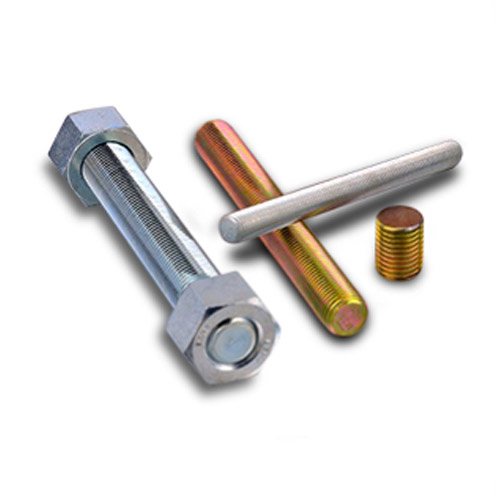Oct . 16, 2024 08:39 Back to list
Hexagonal Speed Nut for Enhanced Fastening Efficiency in Mechanical Applications
The Evolution of Hex Speed Nuts A Small Component with a Big Impact
The world of engineering and manufacturing is filled with countless small components that play crucial roles in the assembly and integrity of various structures and machines. One such component is the hex speed nut, a fastener that, despite its small size, contributes significantly to the efficiency and reliability of many applications. The hex speed nut, often overlooked, embodies the intricate harmony of design, function, and material science.
What is a Hex Speed Nut?
A hex speed nut, as the name suggests, has a hexagonal shape that resembles a nut, and it is designed to be used with bolts or screws. Unlike traditional nuts that require threading onto a bolt, hex speed nuts are designed to be easily slipped onto a bolt or screw shaft without prior threading. This feature drastically reduces assembly time, especially in high-volume production environments.
The speed nut's design allows it to grip securely to the threaded shaft, ensuring a reliable connection. In many cases, they are designed with spring-like properties, which enable them to maintain tension and grip under various load conditions. This makes them an ideal choice for applications where vibration or movement is expected, such as in automotive or industrial machinery.
The Importance of Material Selection
The performance of hex speed nuts is heavily influenced by the materials used in their manufacturing. Common materials include steel, stainless steel, brass, and nylon. Each of these materials has unique properties that suit different applications. For instance, stainless steel speed nuts offer excellent corrosion resistance, making them ideal for outdoor applications or in environments exposed to moisture. In contrast, nylon speed nuts provide electrical insulation and are lightweight, making them suitable for electronic devices.
Choosing the right material not only affects the performance but also the longevity of the fastener
. In environments where high temperatures or chemical exposure is prevalent, appropriate material selection is crucial to prevent premature failure. The growth of technology and an increased focus on sustainability have led to innovative materials being utilized in the production of hex speed nuts, further enhancing their performance and eco-friendliness.Innovations in Design
hex speed nut

In recent years, there have been significant advancements in the design and manufacturing of hex speed nuts. The advent of computer-aided design (CAD) and 3D printing has facilitated the creation of more complex geometries that were previously difficult or impossible to achieve. These innovations have opened the door to custom-made hex speed nuts tailored for specific applications, allowing for enhanced performance and fit.
Furthermore, the incorporation of coatings and surface treatments has improved the performance of hex speed nuts. For example, a zinc plating can provide additional corrosion resistance, while other treatments can enhance the nut's overall durability and operational performance. These advancements not only improve functionality but also reduce maintenance costs and prolong the product life cycle.
Applications Across Industries
Hex speed nuts find applications across various industries, demonstrating their versatility and essential role in modern manufacturing. In the automotive sector, they are used extensively in securing components ranging from engine parts to body panels. The aerospace industry also benefits from speed nuts, where weight savings and reliability are paramount.
In the field of electronics, hex speed nuts can be found securing circuit board components and enclosures. Their lightweight and non-conductive properties make them ideal for electronic applications, where traditional metal fasteners might present issues.
Moreover, the construction industry utilizes hex speed nuts in various assemblies, contributing to the stability and longevity of structures. Whether in prefabricated buildings or traditional construction, these fasteners play a crucial role in ensuring safety and reliability.
Conclusion
In conclusion, the hex speed nut may seem like a small and insignificant component in the vast landscape of engineering and manufacturing. However, its role is anything but minor. With advancements in design, material selection, and application across diverse industries, the hex speed nut stands out as a vital contributor to efficiency, safety, and innovation. As technologies continue to evolve, we can expect even more enhancements in the performance and design of these essential fasteners, further solidifying their place in the world of fasteners.


